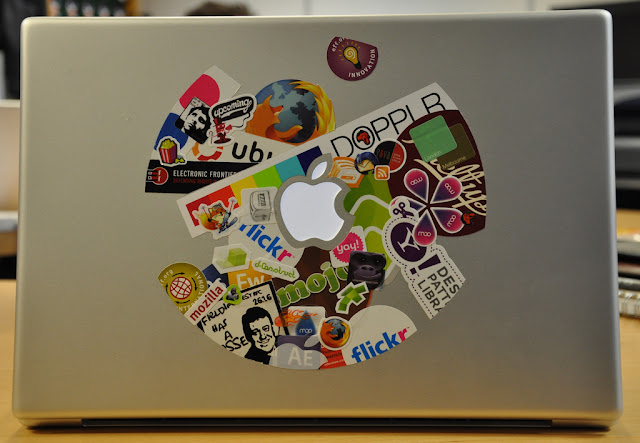We’re surrounded by interior design. Take a look around you: For those of you reading this blog from your office, coffee shop down the street, or living room at home, everything from your overhead lighting to flooring represents a design decision. Given that we spend upwards of 90 percent of our time indoors, these decisions matter – and can have profound effects on our health and the environment.
Sustainable interior design continues to be a key pulse of LEED – and who better to discuss the industry than the the American Society of Interior Designers (ASID)?
We caught up with Randy Fiser, Executive Vice President and CEO of ASID, to get his take.
 |
| Randy Fiser, ASID |
ASID has been involved in a variety of sustainable design initiatives. Why does the organization deem it important to get involved in this space? What does sustainability mean to ASID?
Randy Fiser: Because people ultimately spend most of their time indoors, interior design plays a significant role in helping to create functional spaces that improve the human experience and our everyday interactions with our environments. Sustainability is an essential part of the built environment, but we believe that its ultimate goals and outcomes should address both the impact on bottom-line and the people who live and work in those spaces.
Why is green interior design important? How does it impact occupants and the environment?
RF: One of the most important aspects of sustainability is health – health of the indoor environment, of the occupants, of the materials. Interior designers offer specialized knowledge of interiors materials and FF&E (furniture, fixtures and equipment) that promote good indoor air quality, are toxin-free, and are water/energy-efficient. For example, formaldehyde is a known carcinogen that is ubiquitous in furniture and cabinetry. Understanding the health implications of this substance and how to source formaldehyde-free products demonstrates the value interior designers bring to the table.
.jpg) |
| USGBC’s green office digs in Washington, DC |
How important is it for interior design professionals to understand the concepts of sustainability?
RF: ASID recently issued our Facts & Figures report which cites that on average, interior designers specify products in nearly 9 out of 10 projects in both residential and commercial projects. This figure illustrates the impact that interior designers have on the built environment. For example, consider the issue of water conservation. At least 2/3 of the U.S. has experienced or is expected to experience water shortages. Reducing the amount of water we use is imperative and one of the easiest solutions is to improve water efficiency of kitchen and bath fixtures and appliances. If every household in America installed a water-efficient faucet, the U.S. could save 60 billion gallons of water annually. From the commercial perspective, a small office with as few as 10 employees can save about 69,000 gallons of water and $420 in water utility bills in a single year if they replace just one toilet. Scale that up to a 500-room hotel and you get a sense of the impact interior designers have on their clients’ pocketbook as well as the environment. Specifying water-efficient fixtures is just one example of something interior designers do on a daily basis that makes a real impact one project at a time.
Can you highlight a green interior space or project that you find particularly inspiring?
RF: Prior to joining to ASID, I worked as an advisor for the Make It Right Foundation that led the development of the world’s largest LEED Platinum residential community in New Orleans’ Lower Ninth Ward. It was through my experience there that I witnessed first-hand the power and impact that sustainable design can make on the well-being of a community. The residents not only benefitted from safe and healthy homes, but also significantly reduced utility expenses. In some cases, residents went from electric bills that exceeded $300 a month in their old homes, to bills that averaged less than $50 per month in their new homes. The benefits of sustainable design on the environment are evident, but the potential cost savings provides significant economic advantages and increased opportunities for families and communities to allocate more money to essentials like education, groceries and healthcare.
What’s the future for green interior design?
RF: Even though sustainability has made significant inroads into the everyday design vernacular, we need to do much more for it to become common practice. One of the more impactful education sessions at NeoCon this year focused on developing industry-wide models for a sustainable future. We believe that an integrated model of collaboration and a holistic approach that brings builders, designers, architects and the occupants together is integral to the future of sustainable design and we look forward to being a key partner in this quest.





.jpg)






